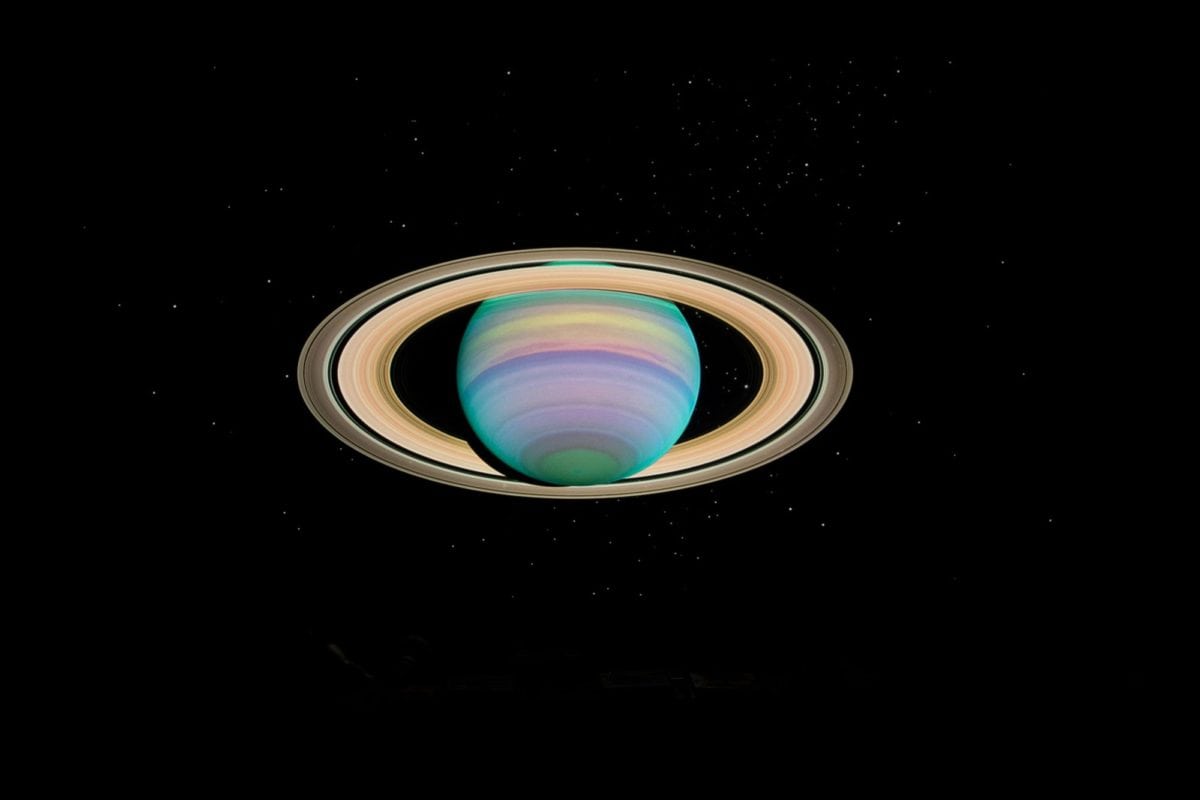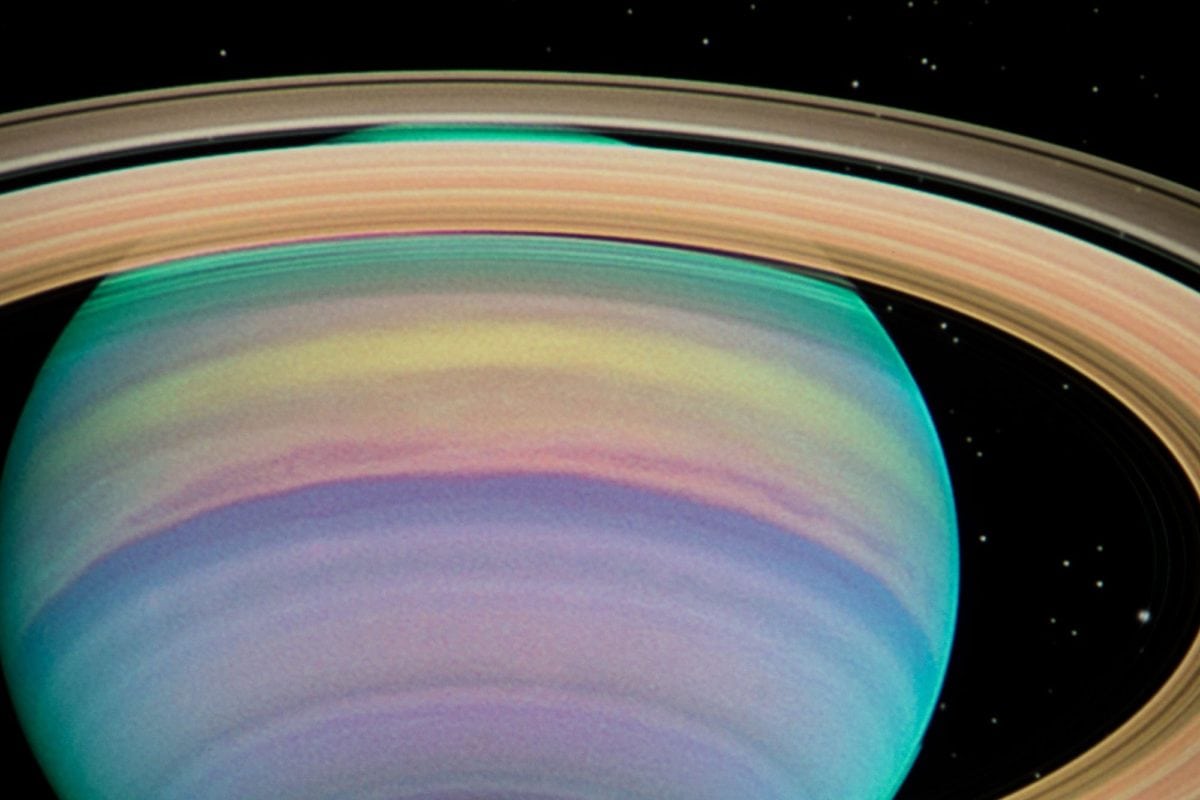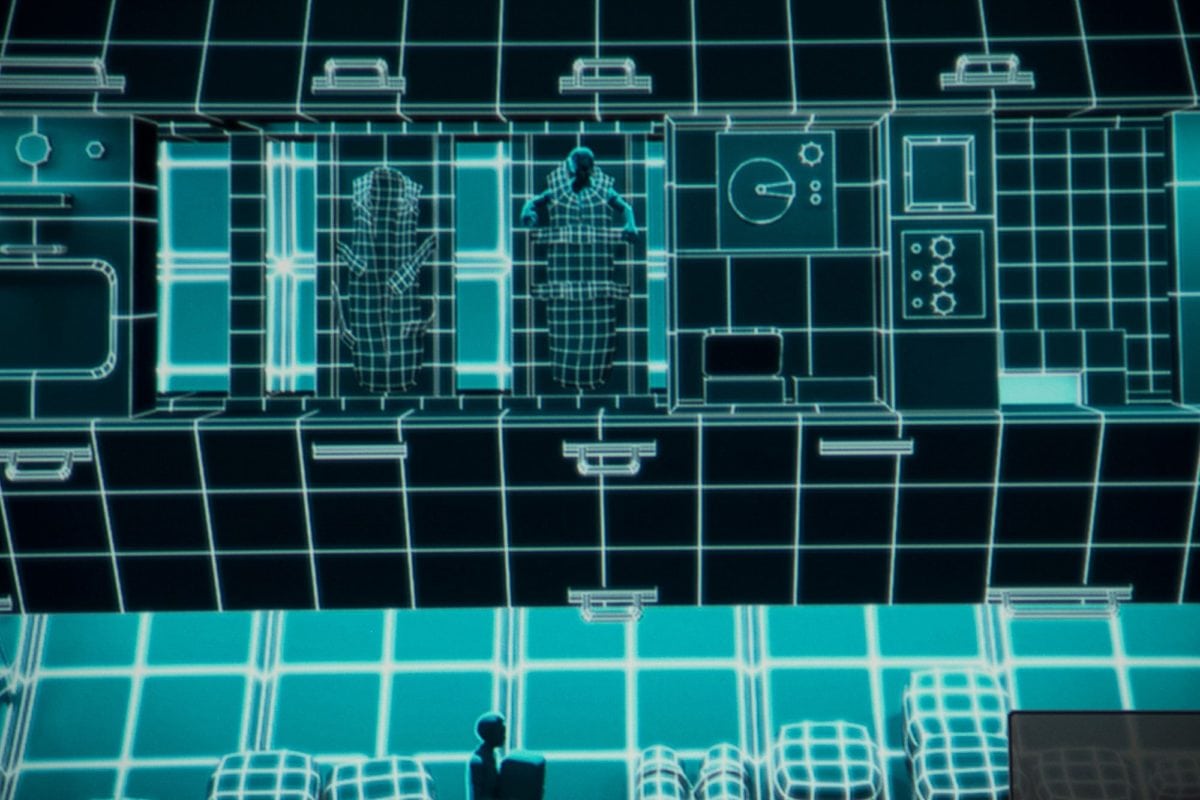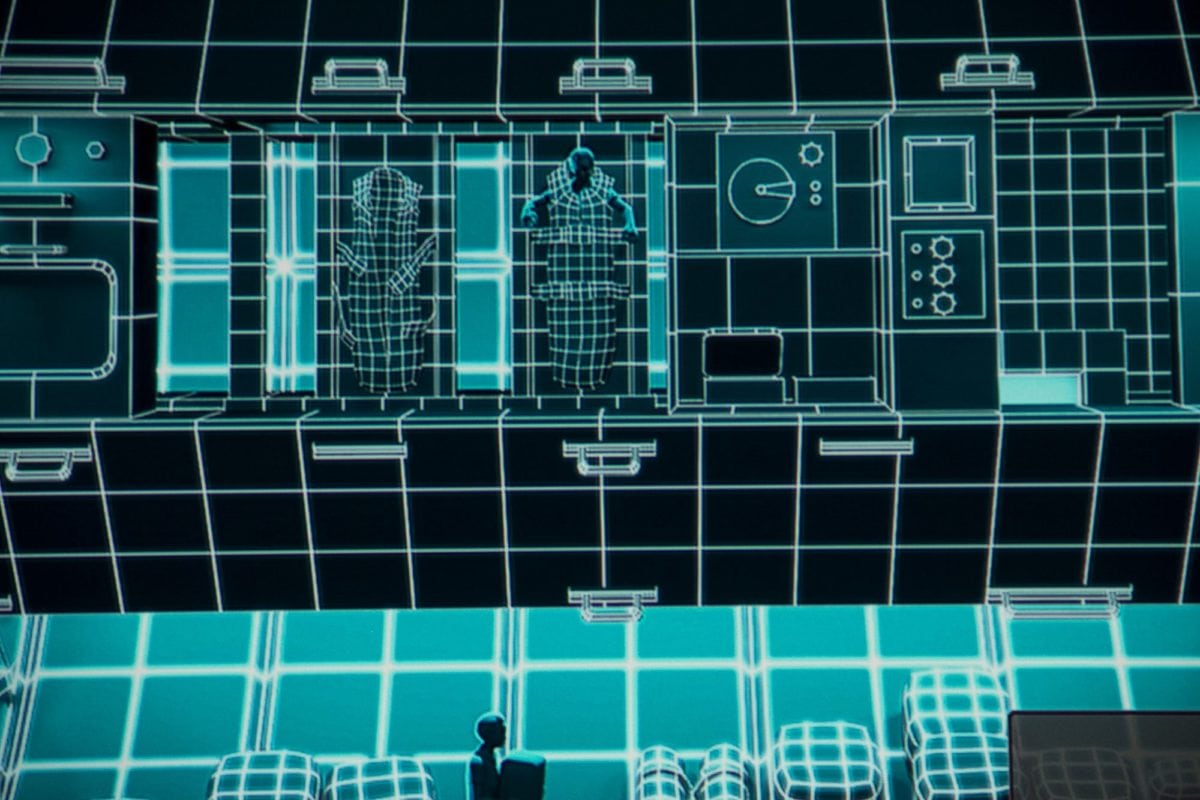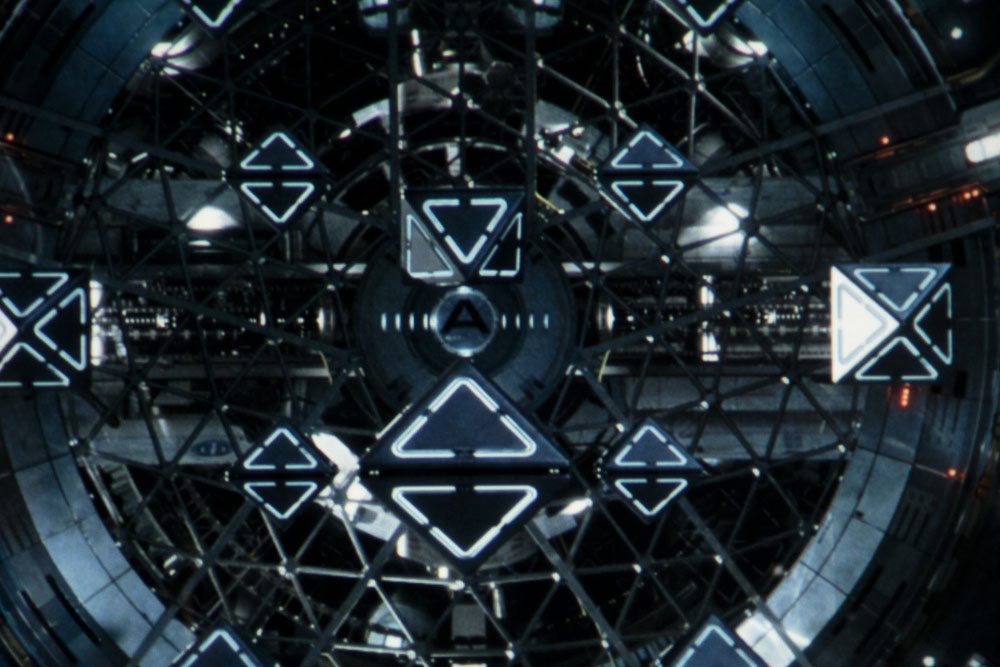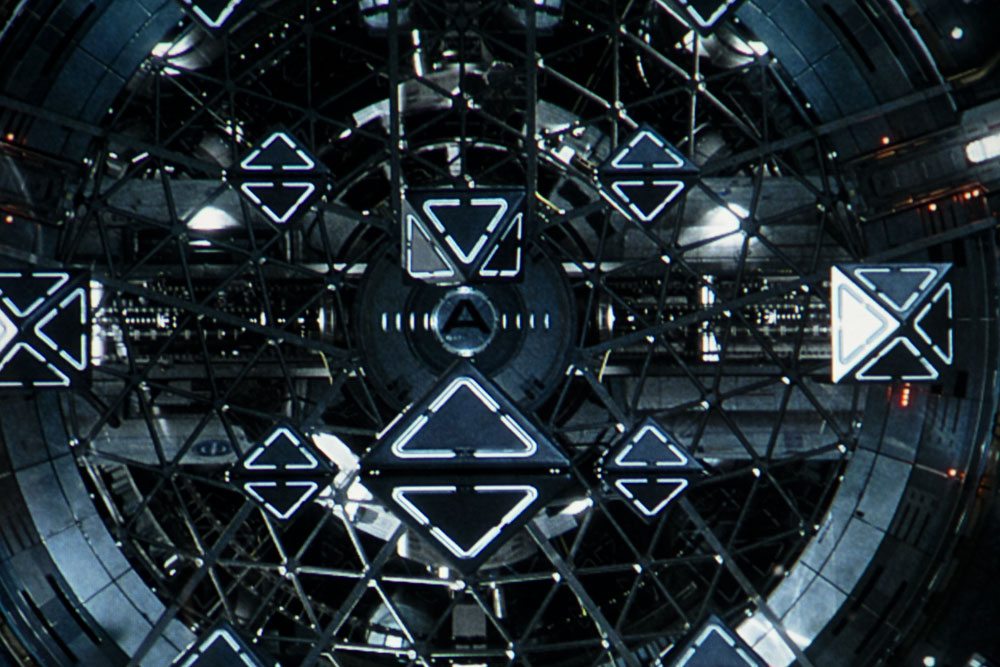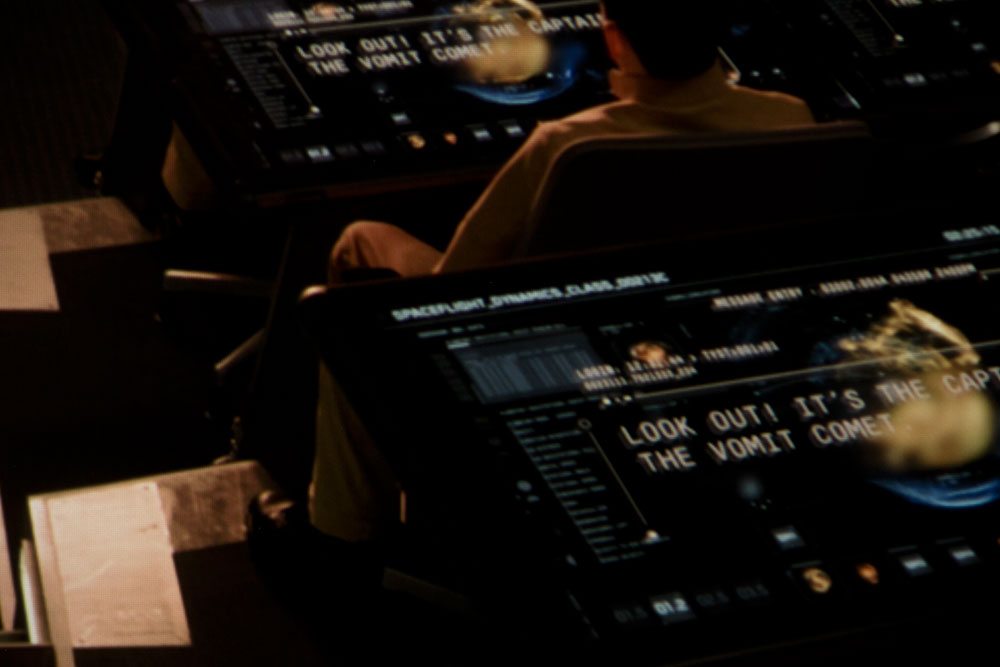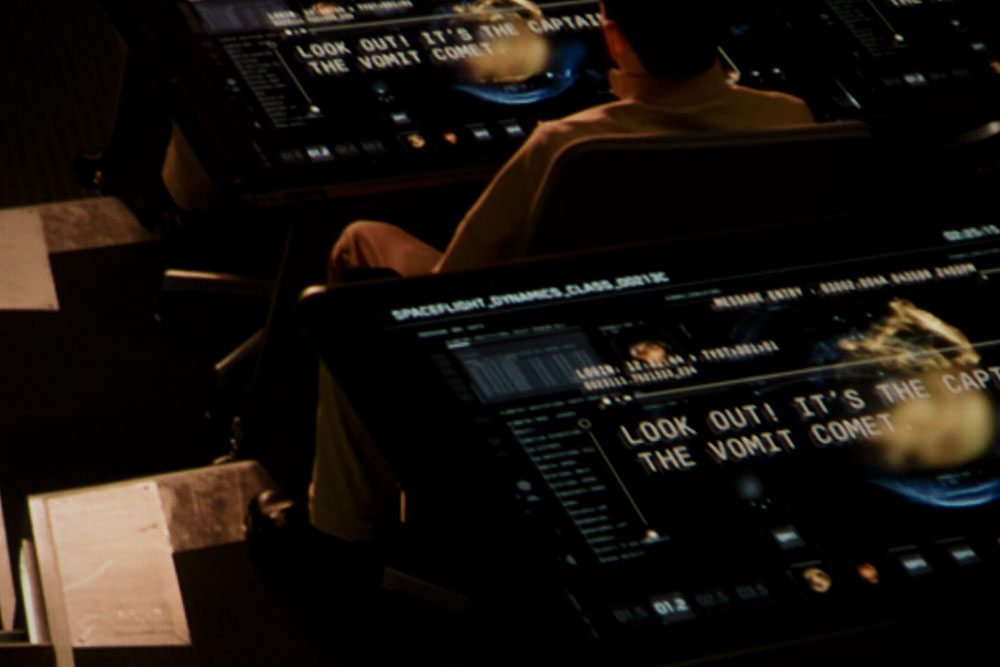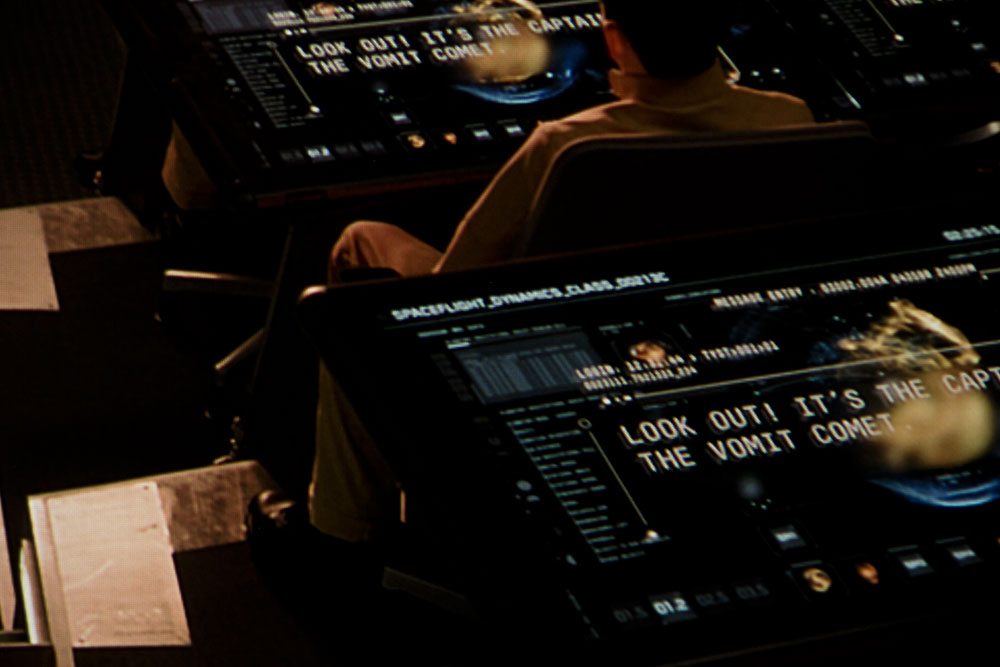4K Support
A paragraph of background first: There are tremendous differences between what we're used to with 1080p content processing, and what can be done with 4K processing. DCI - the Digital Cinema Initiative, is the standard for content delivered to your local cineplex. Today's true 4K home projectors, aren't quite DCI in one aspect - DCI - cineplex movie projectors - are 4096x2160, while 4K capable projectors like these Epsons, as well, as say, Sony's true 4K home theater projectors are merely 3840x2160. In other words, they essentially the same resolution, just slightly different aspect ratios.
Let's be clear. These Epsons are not true 4K projectors. As of this review 8/2016, there are no true 4K projectors (with 4K chips of at least 3840x2170) under $10,000! Only Sony is shipping true 4K at this time, but their closest equivalent to these UB's would be their $14,999 VW665ES (which we have reviewed). True 4K is superior, but projectors with performance like these Epsons make it tempting to go with something less. These Epsons have to be considered every bit as superior to standard 2K only projectors, as a true 4K might be to them. More than halfway? Hmm.
HDR
What's perhaps most special about 4K content for today's home theater projectors besides not just the sharper, more detailed image possible, but a visibly more dynamic picture. The HDR standard delivers more pop, with dynamic range closer to real life. This delivers "step up" performance not that different than going from DVD to Blu-ray. Blu-ray's been around a decade now, so it's about time something superior replaces it for those of us who appreciate the differences. We're due!
There's also more color depth available, but not all content takes advantage.
One issue affecting projectors re HDR is brightness. Without sufficient brightness HDR images will tend to seem dark.
It is for this reason that we calibrated this Epson in Cinema mode for 1080p, but chose to use the significantly brighter Bright Cinema mode for 4K with HDR.
Sadly, I haven't been able to figure out how to show you with photos, the actual difference between what we're used to, and HDR. Live demonstrations I've seen at trade shows, have been impressive.
4K UHD aka Blu-ray UHD
[sam_pro id=1_35 codes="true"]
I think it would be helpful for those who are not familiar, for me to clarify the various 4K definitions as it relates to your future viewing. These Epson projectors are 2K projectors (1080p). That works out to roughly 2 megapixels.
But since they can pixel shift - fire the same pixels a second time shifted a half pixel diagonally, that means addressing 4 million pixels, not two, thus 4 megapixels.
True 4K is basically 8 megapixels (3840x2160). Obviously a true 4K projector is using smaller, non-overlapping pixels, to display 4K, and that means on the smallest, finest objects, true 4K will simply resolve more, and you will see the difference. On larger, less structured objects, the difference may be a lot harder to distinguish.
As it turns out, we will soon see some new projectors, claiming to be 4K UHD projectors. These projectors are those that can adhere to the new Blu-ray UHD (Ultra High Definition, in case you couldn't guess it). But, the UHD standard does NOT require true 4K! So, even Blu-ray UHD, aka 4K UHD, isn't as good as true 4K.
That UHD standard says there must be a total of 8 megapixels displayed. But, it doesn't object to overlapping pixels such as all the pixel shifting projectors do, but it wants a full 8 million of them, not 4 million. You can expect to see DLP projectors hitting the market late this year, or early next, that are 4K UHD, but definitely are not true 4K. Those guys will use 2710x1530 pixel chips. Do the math and you come up with a 4 megapixel chip, but since they too have pixel shifting like the Epsons, that will be 4 megapixel x 2 = 8 which equals the Blu-ray UHD definition of 4K. Go figure.
By any measure - if all else were equal, we'll have those fitting somewhere in between the Epsons and true 4K. It should be interesting. I should note, that we're mostly expecting those projectors to be in the $5000 and up range, but you never know.
At this moment, and at least for many more months, it's Epson (or JVC) with 2K pixel shifting projectors, or spending drastically more for true 4K. I will say this now. Watching these Epsons with 4K content makes me much happier than watching standard 2K. A lot happier. Sure, true 4K today would be my preference, but I can't afford a true 4K projector with great black level performance - which starts at $14,999 list, as of now. Nor can most of our readers.
HC5040UB, PC6040UB - Many image sharpening, enhancement controls
[sam_pro id=1_35 codes="true"]
These two Epsons have many controls that affect sharpness, detail, and overall perception. There are so many, that the combinations are likely almost infinite.
One new set of controls are the Epson's four Image Presets, which I assume combine multiple algorithms, to produce the sharpest, most detailed looking images.
The images above, were taken from Ender's Game 4K UHD version. Both scenes are close-ups of the center of their respective projected images. The first scene is a rendering of the Bigalow inflatable space station, with Image Preset to Off, followed by a Image Preset 2, and then 4 (the highest). The change from one to the next is significant. (Part of the "trick" is with edge contrast, which you can see by some fine object edges shifting to more white, less blue).
The second pair, of the Battle Room again, is just the center of the image, the first is Image Preset Off, the second, at max of 4.
[sam_pro id=1_35 codes="true"]
Compared: 1080p, 1080p w/4K processing, 4K content, and Image Presets
These images are close-ups, roughly 15% of the full projected image
The first three images are taken using the 1080p content of Ender's game. The first of those has the Image preset to off, the 2nd has it at 2, and the third one, at 4. A rather significant difference.
The second set of three (of Petra - also Ender's Game) again shows the differences between Image Preset Off, 2, or 4, but this time it's 1080p content, with 4K processing and pixel shifting.
More comparisons to be added, including showing standard 1080p content, with 1080p processing, vs showing the same content - but with 4K processing (including pixel shifting, vs showing true 4K content with pixel shifting. Stay tuned.
I've been watching content playing with the the different settings, but mostly I have enjoyed using Image Preset 2, or 3, #4 really cranks up the perceived sharpness and detail, but it also is the harder, more contrasty looking setting. Still, for some imagery, such as these images above, it looks killer, but I wouldn't typically use it for a movie with lots of close up faces, where you might consider setting 4 to be over the top.
Go with Off for the most natural, but least sharp seeming image, if you are a purist that favors all natural (so to speak) instead of enhanced. Personally, I have not found myself enough of a "purist", to ignore using the Image Presets!
In addition to these presets there are still separate, Sharpness, Detail Enhancement, and Super-Resolution controls to further, or alternately affect the image. Super-Resolution now has two separate controls instead of the single slider on the previous 5030UB/6030UB projectors.
CFI - Creative Frame Interpolation - aka "smooth motion"
All previous UB models offered CFI so no surprise that the Home Cinema 5040UB and Pro Cinema 6040UB also offer it.
As is typical, it's a nice extra - I like it for sports, avoid it for movie viewing where it tends to give movies that "live digital video" or "soap opera" effect. I don't consider it a critical feature to have, but a good one to have for the right content.
One important note: CFI does not work when pixel shifting is engaged, so there is a bit of an additional trade-off to consider - stick to standard 1080p/1080i when using it, or go for the extra detail using pixel shifting on 1080 or 4K content.
[sam_pro id=1_35 codes="true"]

